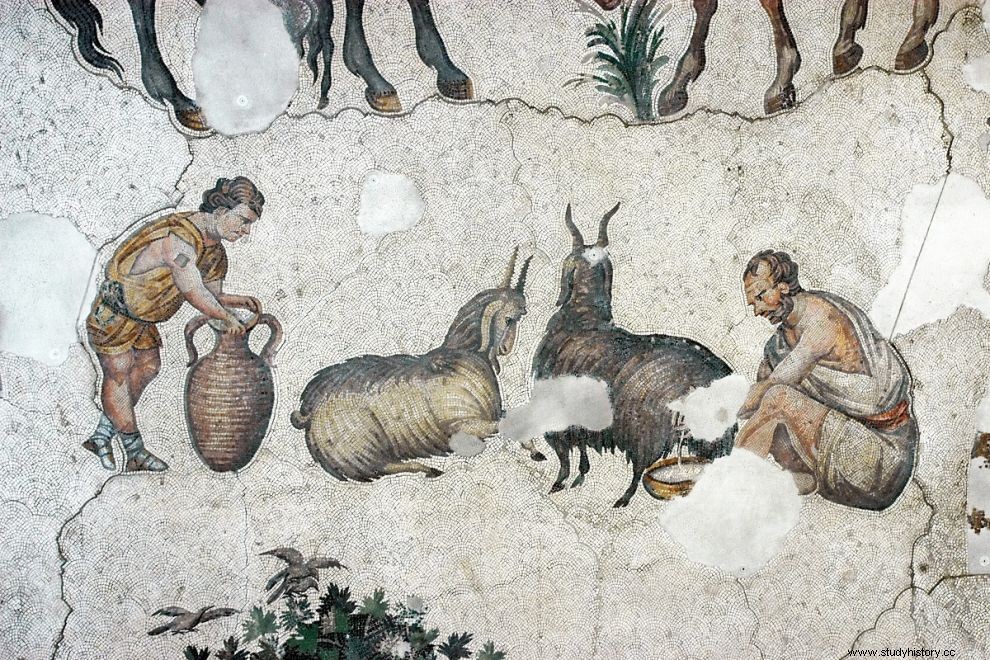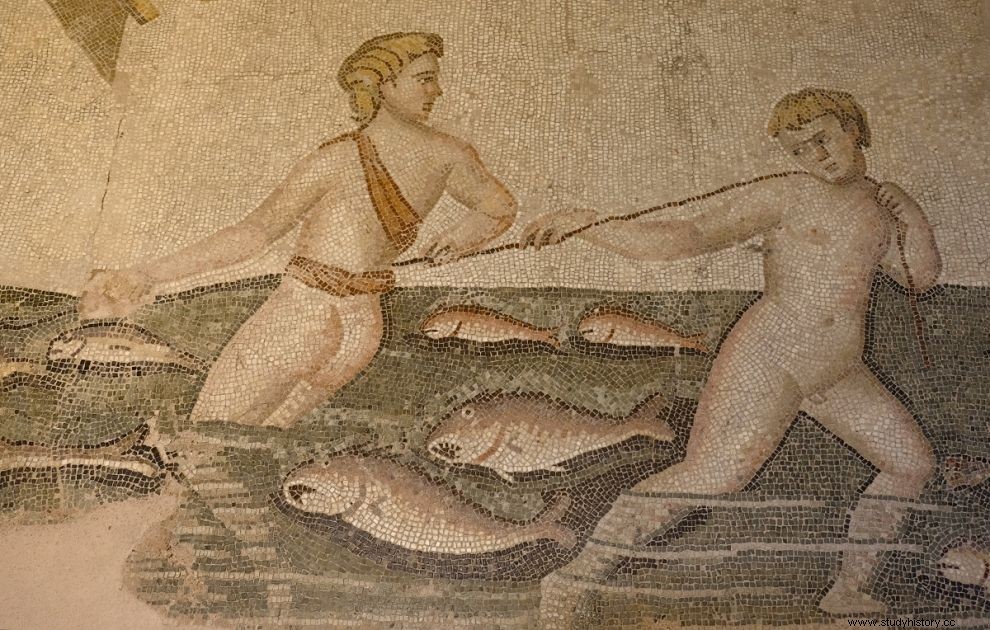Historian Roger Ekirch, after a series of fortuitous events, finds himself researching a topic that has perhaps never before been the subject of debate among his colleagues:how people slept in the Middle Ages and ancient times. And this because everyone thought they knew, that it is another human instinct.
But according to what he discovered by carefully studying the stories of the past, things are not exactly like that. In the "old days" people broke their night's sleep into two parts and this fact raises many questions about the evolution of our species.
Sleep before the Industrial Revolution
According to the BBC website, in the 17th century, a night's sleep went something like this:
From 21:00 to 23:00, those lucky enough to have a little money would start lying down on mattresses stuffed with straw or rags - or feathers, if they were rich - in order to sleep for a few hours. The lowest strata, of course, the poor, would more often have to be content with lying on scattered weeds or even on the bare ground, probably without a blanket.
At that time, most people slept in communal areas, there was no such thing as "everyone to their own room" and they often found themselves huddled over a variety of bedbugs, fleas, lice, and various family members, servants or even complete strangers - in case they were traveling.
So to minimize the possibility of any awkward moment, sleeping included a series of "strict social conventions", such as avoiding physical contact or moving too much, and there were designated sleeping positions.
For example, girls usually lay on one side of the bed, with the oldest closest to the wall, followed by the mother and father, then the male children - again by age - and finally the non-family members.
A few hours later, people would start to wake up from that initial nap. Now they would stay up from 11:00 to 01:00 usually, always depending on what time they went to bed. And their awakening wasn't caused by some noise or something else that happened in the night - and certainly not by an alarm clock that apparently hadn't been invented yet. On the contrary, waking up took place in a completely natural way, as it happens to us today every morning.

The "shift"
The period of "awakeness" that would follow was known as the "shift" - and it was a surprisingly useful opportunity to get things done. From throwing wood on the fire or taking some medicine to more serious jobs, such as patching or checking their animals in the corral.
But the "shift" was also a good time for the exercise of religious duties. For Christians, there were complex prayers that had to be completed, some of which were constructed in such a way that they had to be completed within this time frame.
But above all, the "shift" was useful for socializing - and apparently for sex.
People very often just stayed in bed and talked. And in those odd small hours, the companions could make small talk in a more informal style, let's say, which was difficult to achieve during the day.
And of course, for those couples who had the privilege of sleeping separately during those years, it was quite a convenient time to share some physical intimacy.
Think that if they had a long day of manual labor - which they usually did - the first nap would help them recover a bit before proceeding with intercourse.
Whatever they had done in that two hour break from sleep, their next step was to go back to bed and sleep until dawn or even morning. This was considered the "morning sleep".

An ancient habit?
According to historian Roger Ekirch, there are references to this dual sleep system throughout the classical era, meaning it was already common by then. One can find references in the works of eminent figures such as Plutarch (from the first century AD), Pausanias (from the second century AD), the Roman historian Livy and the poet, Virgil.
Later, this practice was also embraced by the Christians, who immediately saw the possibilities offered by the "shift" as a time for reciting psalms and confessions. In the sixth century AD in fact, Saint Benedict asked the monks to get up at midnight for these activities, with the idea eventually spreading throughout Europe and passing gradually and en masse to ordinary people.
However, humans weren't the only mammals to discover the benefits of segmenting sleep. This habit is widespread in nature, with many species resting between two or more different intervals. This habit helps them stay active during the most profitable hours of the day, when they are most likely to find food, avoiding ending up another animal's snack themselves.
An example is the lemur, which wakes both during the day and at night. These iconic animals of Madagascar have remarkably similar sleep patterns to pre-industrial humans.
And if double sleeping is normal for lemurs, then it makes us wonder:did we evolve that way too, programmed to sleep like this?
Sleep experiments
In the early 1990s, 15 people who took part in an experiment by Thomas Ver, a sleep scientist, were able to sleep intermittently after a few weeks. The point is that here they succeeded, following his method, and managed to get biphasic sleep completely normal for them, without harming their body. They were completely reprogrammed and slept like medieval people.
Measurements of melatonin, the hormone produced during sleep, showed that their circadian rhythms had also adjusted, causing their sleep to change on a biological level. In short, Ver had reinvented biphasic sleep for humans after centuries.

A new social contract
What, then, was the cause of man ceasing to sleep in this way? The answer is simple and it is called "Industrial Revolution".
"Artificial lighting became more widespread and more powerful", says Ekirch, "initially with gas lamps, for example in the streets of London, while towards the end of the century electric lighting finally prevailed. And in addition to changing people's circadian rhythms, artificial lighting naturally allowed people to stay awake after dark."
However, despite the fact that people no longer went to bed at 9pm, they still had to wake up at the same time in the morning - so their rest was cut short. Ekirch believes that this made their sleep deeper because they were forced to compress it.
In addition to altering the population's circadian rhythms, artificial lighting extended first sleep and decreased second sleep.
Even if artificial lighting wasn't entirely to blame, by the end of the 20th century, the separation between the two phases of sleep had completely disappeared. The Industrial Revolution had not only changed our technology, but also our biology.
Another stress of modern man
An important side effect of this change in sleep habits has been the change in how people deal with it. First, we quickly began to say "you should be ashamed" of those who sleep more than "normal" and at the same time developed a bias between waking up very early and productivity.
However, before this new finding makes you throw your lamps out the window, or worse, set an alarm clock in the middle of the night, consider that what's happening today doesn't necessarily mean worse sleep.
Despite the occasional medical headlines talking about widespread sleep problems in the general population, Ekirch argues that the 21st century is actually the "golden age of sleep." A time when most of us - at least in the Western world - no longer have to worry - especially - about being murdered in our sleep, eaten by lice or sleeping side by side with a bunch of strangers.
Continuous sleep may not be normal - historically at least, according to what we've seen - but think how much we've gained with modern hygiene or ergonomic mattresses. And since the world has now changed irreversibly, we would do well to appreciate all this and continue the habits we have already acquired biologically.
